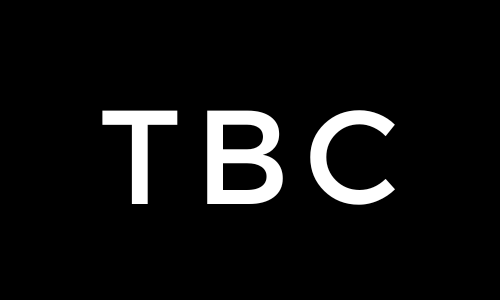Buying a blog on Flippa can be a great way to jump into the digital blogging world with an established audience and income. But buying the right blog takes more than just looking at the price tag; you’ll want to dig deep and check various aspects of the blog to make sure it’s worth your investment. This guide breaks down important things to look for when buying a blog on Flippa, all in simple terms to help you make a confident decision.
1. Verify the Seller’s Identity
The first place that you should check to confirm is identity.

Pro Tip: A genuine seller should have verified their Flippa account with phone, email, or government ID. This step ensures you’re dealing with a real person and reduces the risk of scams.
2. Check the Blog’s Traffic
Make sure the blog has consistent, quality traffic. Request access to Google Analytics to review monthly traffic, sources, and visitor behavior. Steady traffic is a good sign that the blog has a loyal audience.
3. Analyze Revenue Streams
Review how the blog makes money. Check if revenue comes from ads, affiliate links, product sales, or other sources. Ask for proof like screenshots of earnings, to confirm that the income is real and sustainable.
4. Review Content Quality
Look over the blog posts to see if they are original and high-quality. Avoid blogs with lots of duplicate content, as this can hurt your SEO. High-quality content keeps readers coming back.
Pro Tip: Use a free plagiarism checker to see if the content is original.
5. Check Domain and Site History
Investigate the blog’s past using tools like the Wayback Machine. A stable history usually means the blog has been well-managed. If the blog has had several owners or been inactive for a while, it may have lost its following.
6. Review Operational Requirements
Ask the seller how much time it takes to run the blog each week. If managing the blog requires significant time or specialized skills, consider whether you’re prepared to handle it or need to outsource.
7. Look Over Financial Records
Request profit and loss reports. Make sure all expenses, like hosting, marketing, and content creation, are listed. This will help you understand the blog’s real earnings.
8. Examine Backlinks
Strong backlinks help a blog rank well in search engines. Use tools like Ahrefs to check for quality backlinks. Be cautious of any spammy links, which can harm the site’s ranking.
9. Evaluate Social Media Presence
Check the blog’s social media accounts. A healthy following with real engagement can drive traffic back to the blog. Look for accounts with active, genuine engagement, not just large follower numbers.
10. Ensure Legal Compliance
Confirm that all images, videos, and other content are legally licensed or created by the blog. This helps you avoid copyright issues.
Pro Tip: Ask the seller for documentation proving they have the rights to all content.
11. Check Email Subscriber List
If the blog has an email list, ask for details on its size and engagement rate. A well-maintained email list is a valuable asset for driving traffic and sales.
12. Evaluate the Blog’s Niche
Make sure the blog’s niche fits well with your interests or skills. Research if the niche is competitive and has enough demand. A less crowded niche with steady demand is easier to grow.
13. Review SEO Performance
Ask about the blog’s main keywords and check their rankings. Good SEO is a strong asset, so look for blogs that already rank for valuable search terms.
14. Look for Past Penalties
Check if the blog has ever been penalized by Google. Use Google Search Console to look for any penalties, which can harm the blog’s visibility in search results.
15. Confirm Content Ownership
Make sure the seller has full rights to the content. If the blog has outsourced content, check that proper agreements were in place so you don’t face any copyright issues later.
16. Evaluate Technical Setup
Review the blog’s hosting, CMS (such as WordPress), and plugins. Make sure everything is up-to-date and compatible with your needs.
Pro Tip: Ask if any special tools or licenses are required to run the blog.
17. Understand Audience Demographics
Look at the blog’s audience demographics. If the audience aligns with your target market, the blog has a better chance of success under your management.
18. Review Existing Contracts
If the blog has contracts with advertisers or affiliates, review them carefully. Make sure they’re transferable or that new contracts can be created without issues.
19. Ask Why the Blog is Being Sold
Understand the seller’s motivation. If they’re selling due to personal reasons, it may not affect the blog’s future. But if the blog’s performance has declined, you may want to investigate further.
20. Plan for a Transition Period
Negotiate with the seller for a transition period. A 2-4 week period where they provide support can help you get up to speed with running the blog.
Conclusion
Buying a blog on Flippa is a big step, but by checking these 20 areas, you can feel confident in your choice. From understanding traffic and revenue to checking SEO and legal factors, each aspect gives you a clearer picture of the blog’s potential. Follow these tips to make a smart investment that aligns with your goals.
Discover more from The Blog Channel
Subscribe to get the latest posts sent to your email.









